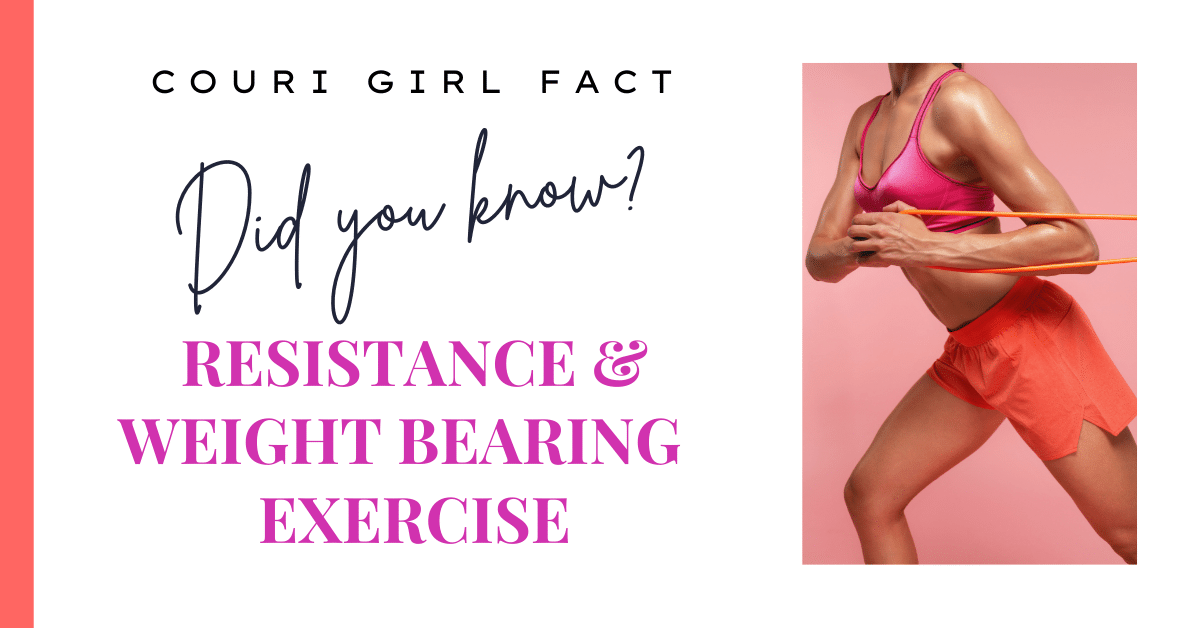
Did you know there is a difference between resistance training and weight-bearing exercise? One of the first recommendations given to patients with an increased risk or recent osteoporosis or osteopenia diagnosis is maintaining or beginning weight-bearing exercise. Weight-bearing exercises include walking, hiking, jogging, jumping, stair-stepping, or aerobics. Resistance or muscle-building exercises include dumbbells, resistance bands, medicine ball, weight machines, or bodyweight to perform exercises that increase muscle strength. The National Osteoporosis Foundation recommends using both weight-bearing and resistance exercises to help maintain and increase bone density.
Weight-bearing exercises and intensity will vary depending on the individual’s exercise habits, capabilities, and current bone density. Keep in mind weight-bearing exercises require the patient to “pick up their feet.” This continued impact is what will help increase bone density.
Resistance training will help patients with bone loss to increase muscle mass. Muscles surround bones to help support bone structure and improve posture, but it also protects the bone by providing extra “padding” around the bone. Like weight-bearing exercise, the type and intensity of resistance training are dependent on many factors, personalized to each individual.
Balance, reaction time, and flexibility are forms of exercise that should not be overlooked. All three of these elements severely decrease due to age progression or lack of use. By exercising in ways that challenge these elements, people are less likely to trip or slip and may find they can recover from a potentially unstable situation without falling.
As with all exercise, there is no “one size fits all” recommendation or exercise plan. To optimize your efforts, we recommend meeting with our Registered Dietitian and Certified Personal Trainer, Leslie, to help create your personalized exercise plan.
Leslie Rusch-Bayer, RD, LDN, MS
